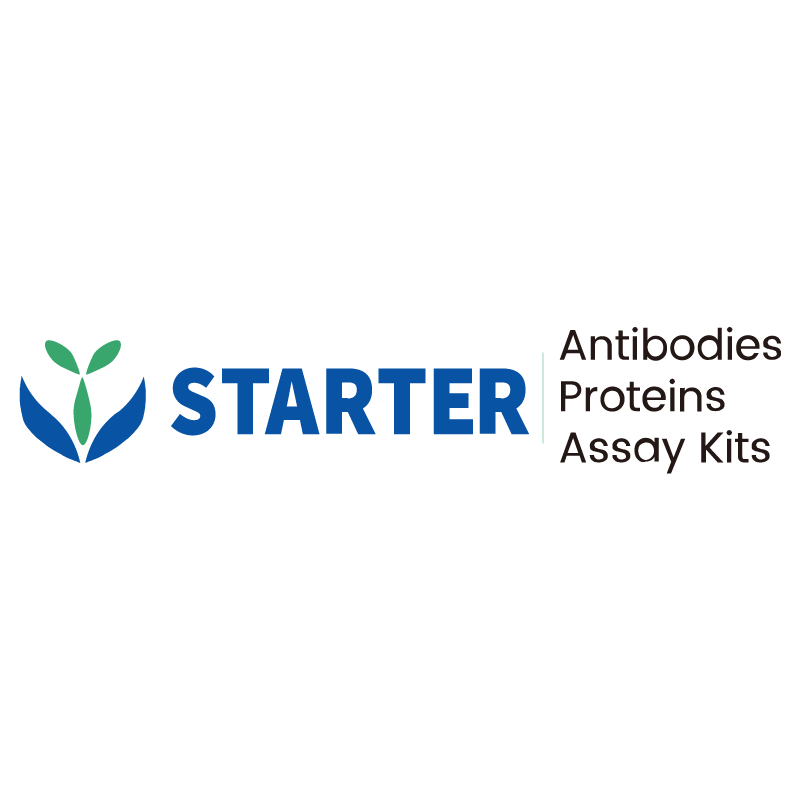2 μg(R: reducing conditions)
Product Details
Product Details
Product Specification
| Species | Human |
| Synonyms | Leukocyte antigen CD37, Tetraspanin-26 (Tspan-26), TSPAN26 |
| Accession | P11049 |
| Amino Acid Sequence | Protein sequence (P11049, Arg112-Asn241, with C-hFc tag) RAQLERSLRDVVEKTIQKYGTNPEETAAEESWDYVQFQLRCCGWHYPQDWFQVLILRGNGSEAHRVPCSCYNLSATNDSTILDKVILPQLSRLGHLARSRHSADICAVPAESHIYREGCAQGLQKWLHNN |
| Expression System | HEK293 |
| Molecular Weight | Predicted MW: 41.0 kDa Observed MW: 54-56 kDa |
| Purity | >95% by SDS-PAGE |
| Endotoxin | <0.1EU/μg |
| Conjugation | Unconjugated |
| Tag | with C-hFc tag |
| Physical Appearance | Lyophilized Powder |
| Storage Buffer | Lyophilized from a 0.2 μm filtered solution of 0.2M PBS, pH7.4. |
| Reconstitution | Reconstitute no more than 1 mg/mL according to the size in deionized water after rapid centrifugation. |
| Stability & Storage | 12 months from date of receipt, -20 to -70 °C as supplied. |
Background
Leukocyte antigen CD37 is a member of the transmembrane 4 superfamily, also known as the tetraspanin family. Most of these members are cell-surface proteins that are characterized by the presence of four hydrophobic transmembrane domains. Tetraspanins mediate signal transduction events that play a role in the regulation of immune responses, cell development, activation, growth and motility. CD37 expression is restricted to cells of the immune system, with highest abundance on mature B cells, and lower expression is found on T cells and myeloid cells. CD37 is a cell surface glycoprotein that is known to complex with integrins and other transmembrane 4 superfamily proteins. CD37 controls both humoral and cellular immune responses.
Picture
Picture
SDS-PAGE


